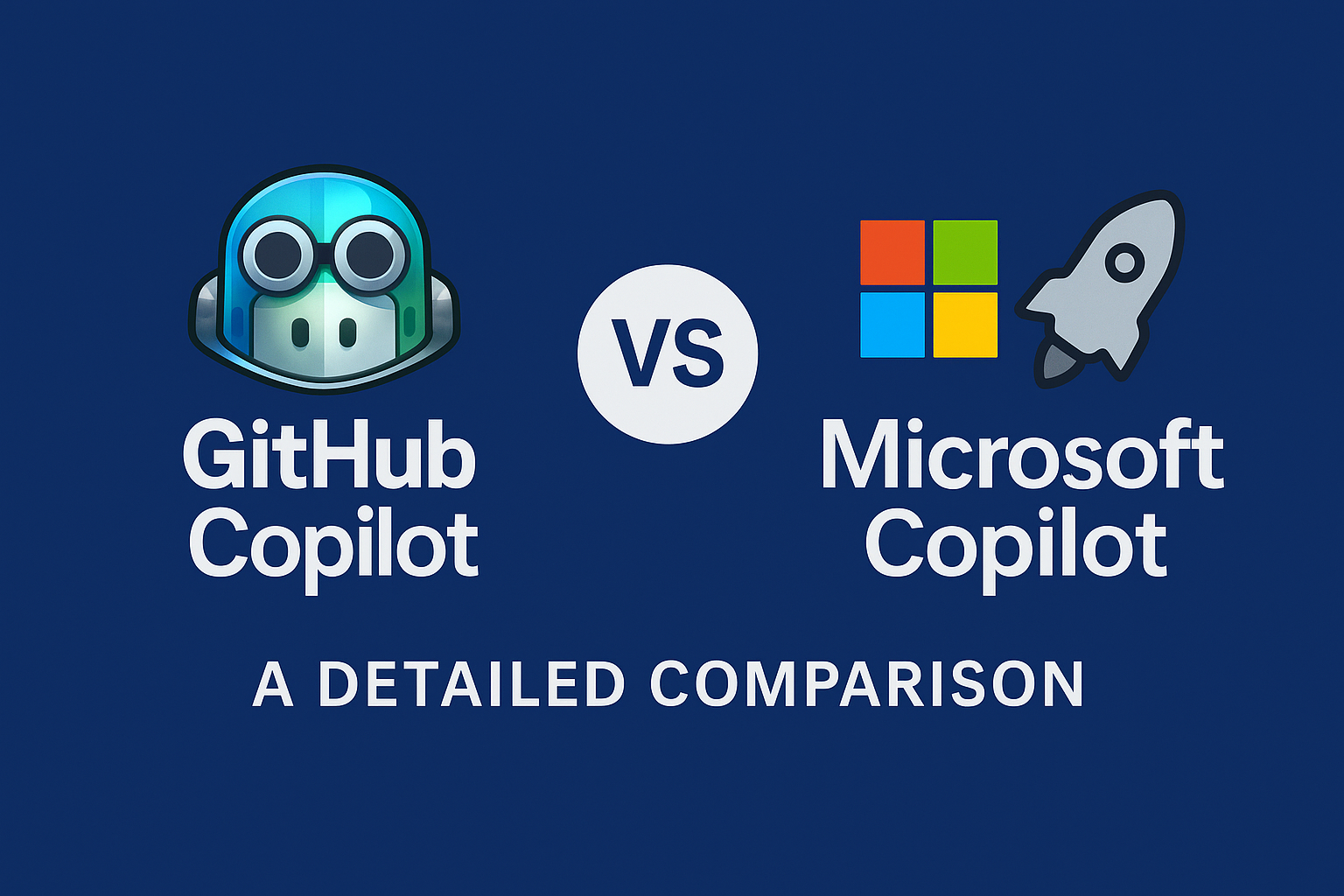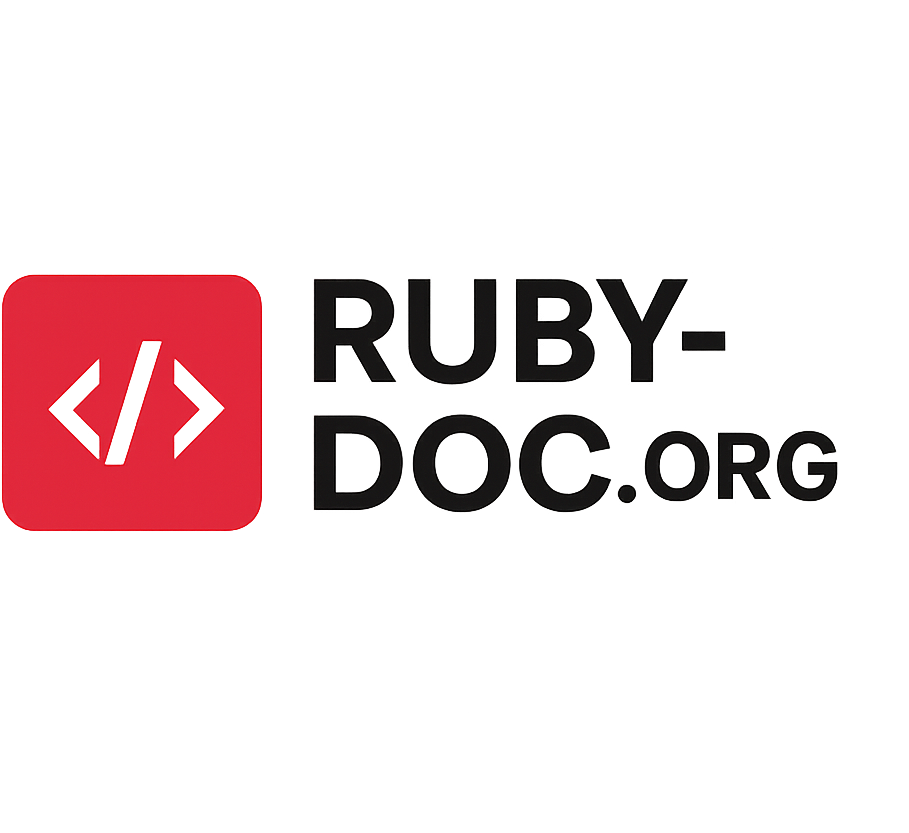
In today’s fast-paced digital world, AI copilots are transforming the way developers and knowledge workers perform their tasks. Among the top contenders are GitHub Copilot and Microsoft Copilot—two innovative tools developed under the same corporate umbrella but tailored for distinct use cases. This article explores the key differences, features, use cases, and pricing of GitHub Copilot vs Microsoft Copilot to help you decide which one suits your needs best.
What Is GitHub Copilot?
GitHub Copilot is an AI-powered code completion tool developed by GitHub in collaboration with OpenAI. It’s designed specifically for developers and integrates seamlessly into code editors like Visual Studio Code, Neovim, JetBrains IDEs, and Visual Studio. GitHub Copilot helps programmers write code faster by auto-suggesting entire lines or blocks of code, functions, and even complex algorithms in real-time.
Key Features of GitHub Copilot:
- Context-aware code suggestions
- Support for multiple programming languages including Python, JavaScript, TypeScript, Go, Ruby, and more
- Code documentation suggestions
- Automatic generation of test cases
- Pair programming experience without the human partner
What Is Microsoft Copilot?
Microsoft Copilot, on the other hand, refers to a suite of AI assistants integrated into Microsoft 365 applications like Word, Excel, PowerPoint, Outlook, and Teams. It uses large language models (LLMs), such as GPT-4, in combination with your Microsoft Graph data to help you be more productive with your documents, spreadsheets, emails, and meetings.
Key Features of Microsoft Copilot:
- Natural language document editing and generation in Word
- Data summarization and visualization in Excel
- Email drafting and response suggestions in Outlook
- Presentation creation in PowerPoint
- Meeting summaries and action points in Teams
- Enterprise-level data privacy and compliance
GitHub Copilot vs Microsoft Copilot: Side-by-Side Comparison
| Feature | GitHub Copilot | Microsoft Copilot |
|---|---|---|
| Primary Use Case | Code generation and software development | Productivity enhancement in Microsoft 365 apps |
| Target Audience | Developers, programmers, software engineers | Knowledge workers, analysts, managers, executives |
| Platform Integration | Visual Studio Code, JetBrains, Neovim, Visual Studio | Word, Excel, PowerPoint, Outlook, Teams |
| AI Model Used | OpenAI Codex (based on GPT-4) | GPT-4 + Microsoft Graph data |
| Real-time Suggestions | Yes | Yes |
| Context Awareness | Analyzes surrounding code for accurate suggestions | Leverages document/app content and user context |
| Customization | Limited | Integrates with enterprise data, fine-tuned for workplace needs |
| Pricing | $10/month (individual), $19/month (business) | Included in Microsoft 365 Copilot license ($30/user/month) |
| Security & Privacy | Developer-focused code privacy | Enterprise-grade compliance and Microsoft security |
| Best For | Writing code, generating functions, test cases | Writing reports, creating spreadsheets, managing meetings |
Use Cases: When to Use GitHub Copilot vs Microsoft Copilot
GitHub Copilot Is Ideal For:
- Accelerating software development by reducing repetitive coding tasks
- Learning new programming languages or frameworks
- Generating unit tests automatically
- Boosting productivity in code-heavy projects
Example:
A backend developer working in Node.js can use GitHub Copilot to scaffold out REST API endpoints rapidly, saving hours of manual typing and debugging.
Microsoft Copilot Is Ideal For:
- Drafting emails and memos efficiently
- Analyzing and visualizing complex Excel data
- Creating presentations with auto-generated slide content
- Summarizing meetings or chats in Teams
Example:
A financial analyst can use Microsoft Copilot in Excel to instantly summarize quarterly sales trends and generate charts without manually writing formulas.
AI Capabilities and Limitations
GitHub Copilot:
- Strengths:
- Excellent at interpreting code context
- Speeds up prototyping and repetitive coding
- Available in multiple code editors
- Limitations:
- May generate incorrect or insecure code
- Doesn’t understand project-wide dependencies as deeply as a human
- Requires experienced oversight for production-level work
Microsoft Copilot:
- Strengths:
- Strong in natural language processing and generation
- Seamless integration with enterprise tools
- Enhances daily workflows and decision-making
- Limitations:
- Limited to Microsoft ecosystem
- Can generate generic or repetitive content
- May require Microsoft 365 E3/E5 licenses for full access
Security and Compliance
GitHub Copilot:
- GitHub ensures that Copilot suggestions do not include identifiable snippets from public repositories, but developers should always vet suggestions.
- Offers code privacy controls and telemetry settings for businesses.
Microsoft Copilot:
- Integrates with Microsoft Purview for data governance.
- Compliant with GDPR, ISO 27001, HIPAA, and other regulations.
- Uses Microsoft Graph to ensure AI outputs remain within organizational boundaries.
Pricing Breakdown
GitHub Copilot:
- Free Trial: Yes (30 days)
- Individual Plan: $10/month or $100/year
- Business Plan: $19/user/month (includes admin tools and policy controls)
Microsoft Copilot:
- No free trial currently available
- Microsoft 365 Copilot License: $30/user/month
- Requires Microsoft 365 E3 or E5 subscription
Which One Should You Choose?
Choosing between GitHub Copilot vs Microsoft Copilot boils down to your role and primary tasks:
- If you’re a developer, GitHub Copilot will help you write, test, and refactor code efficiently.
- If you work in business operations, analysis, marketing, or administration, Microsoft Copilot will automate document-related tasks and make data-driven work more productive.
Some users may even benefit from both copilots, especially in DevOps, product management, or technical writing roles where writing code and creating documentation go hand in hand.
Future Outlook
As AI tools evolve, the distinction between GitHub Copilot and Microsoft Copilot may blur. Microsoft is already exploring Copilot Studio, which allows for custom copilot development, and integrating Copilot into more workflows beyond traditional apps and IDEs. We can expect tighter integrations, more intelligent models, and better personalization across both platforms.
Conclusion – GitHub Copilot vs Microsoft Copilot
In summary, both GitHub Copilot and Microsoft Copilot are part of a growing ecosystem of AI assistants designed to streamline different aspects of work. Understanding their core strengths and limitations helps you choose the right tool—or combination of tools—for your specific workflow.
Whether you’re writing thousands of lines of code or analyzing enterprise data, there’s a Copilot designed to support you.
TL;DR:
- Use GitHub Copilot for code generation and software development.
- Use Microsoft Copilot for document creation, spreadsheet analysis, and enterprise productivity.
- Both tools are powered by OpenAI’s GPT models but serve distinct audiences and tasks.
Check out our Gitlab vs Github comparison too!
